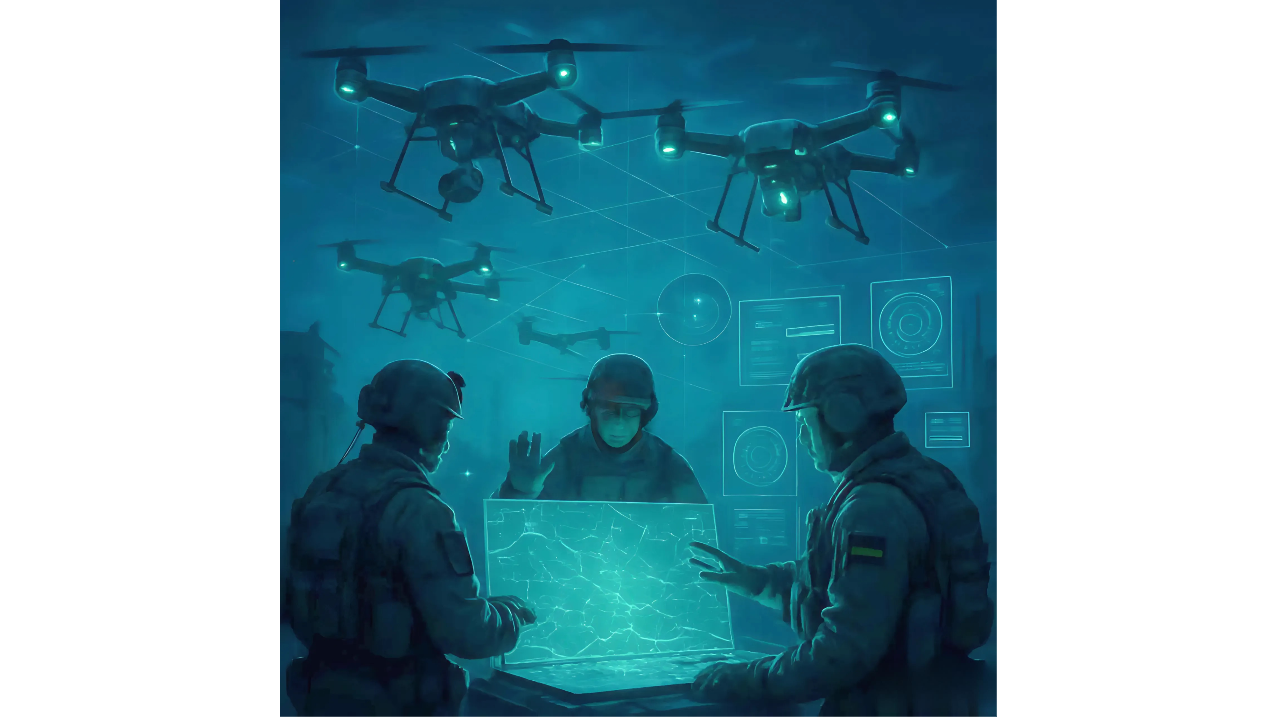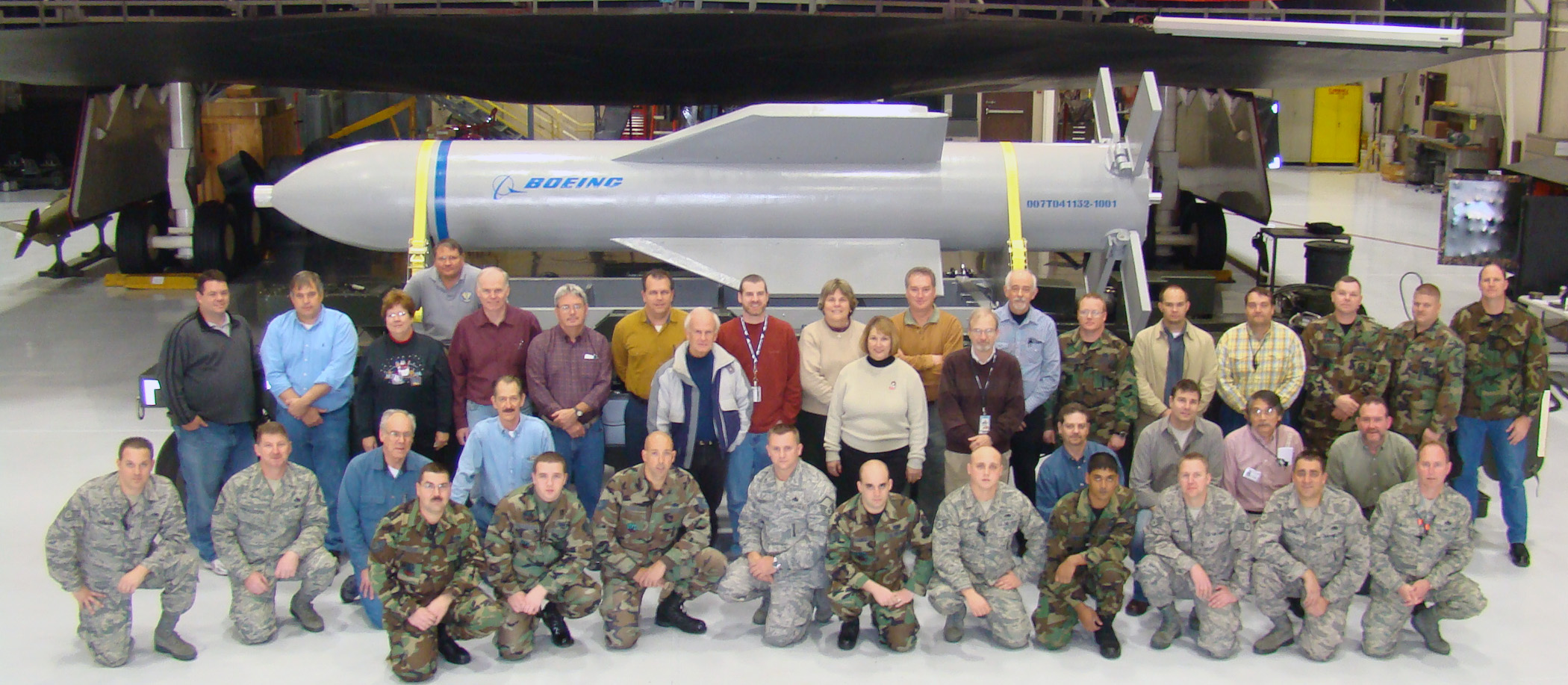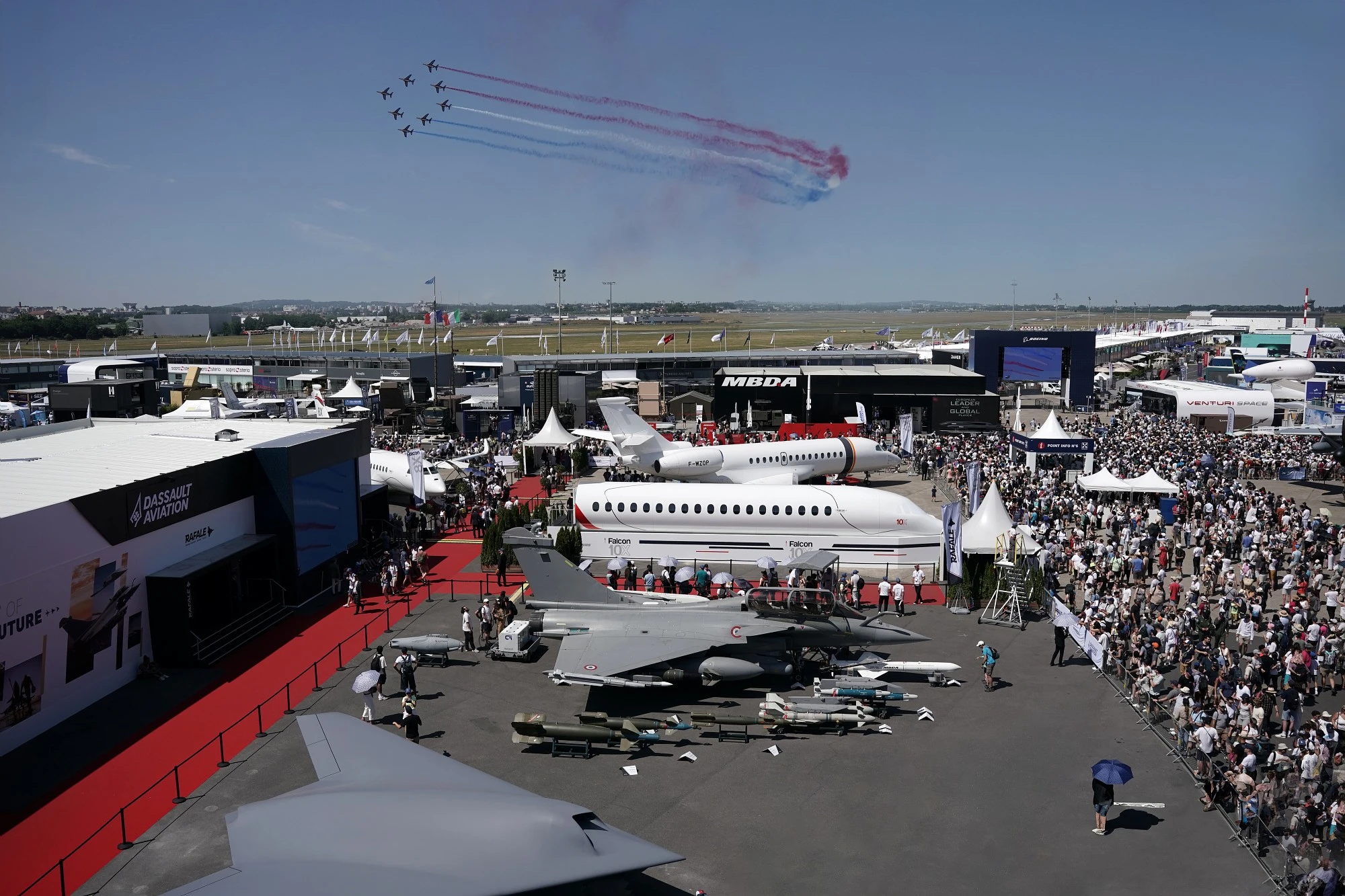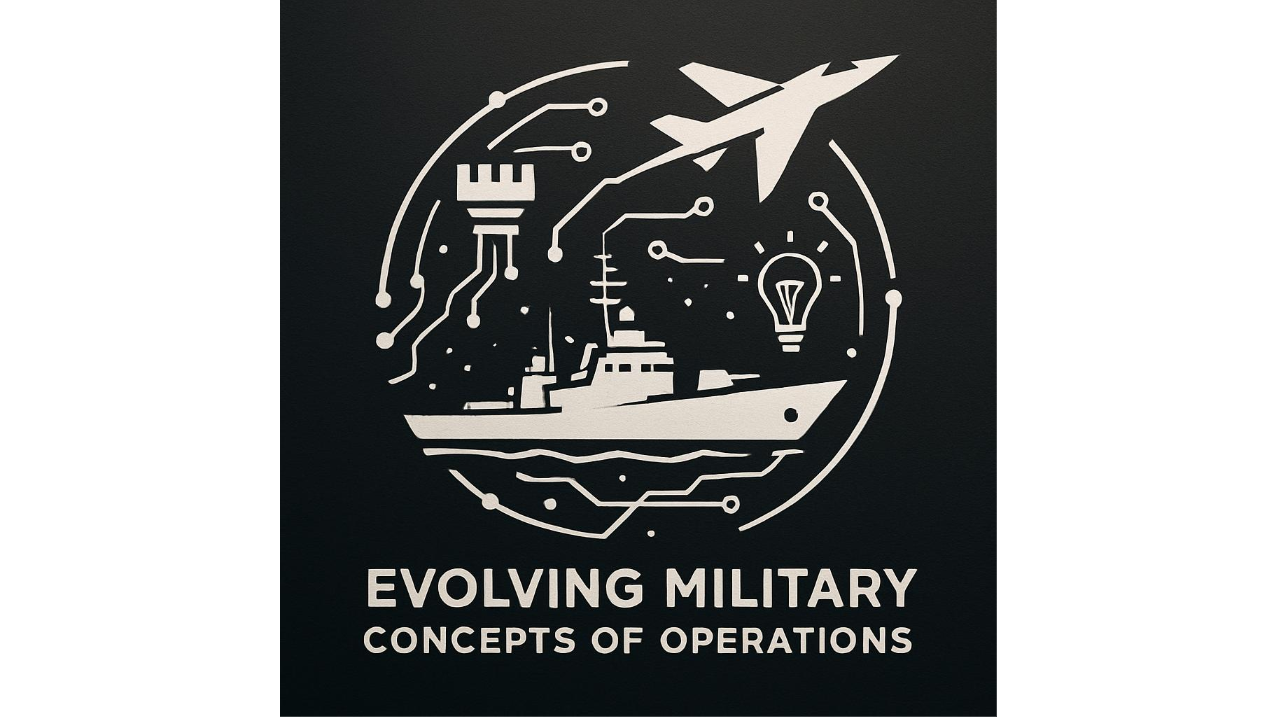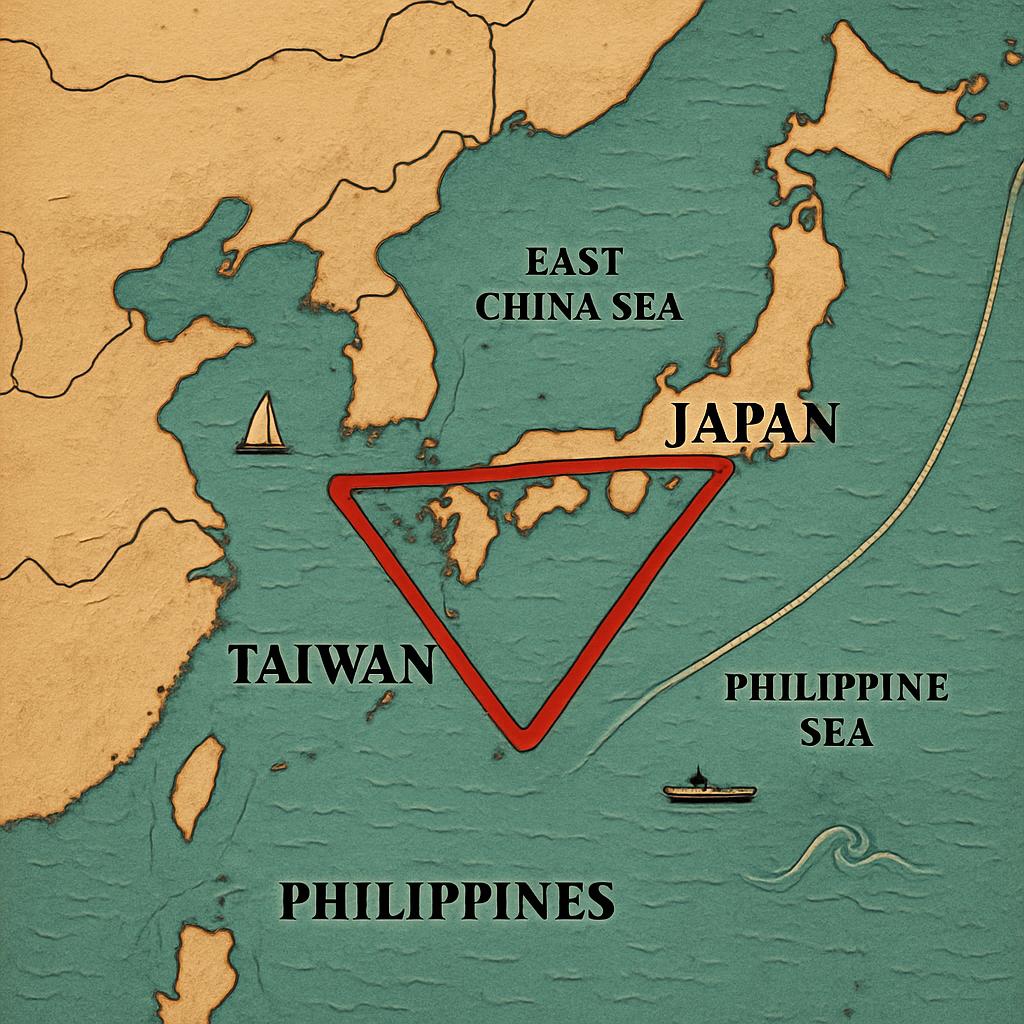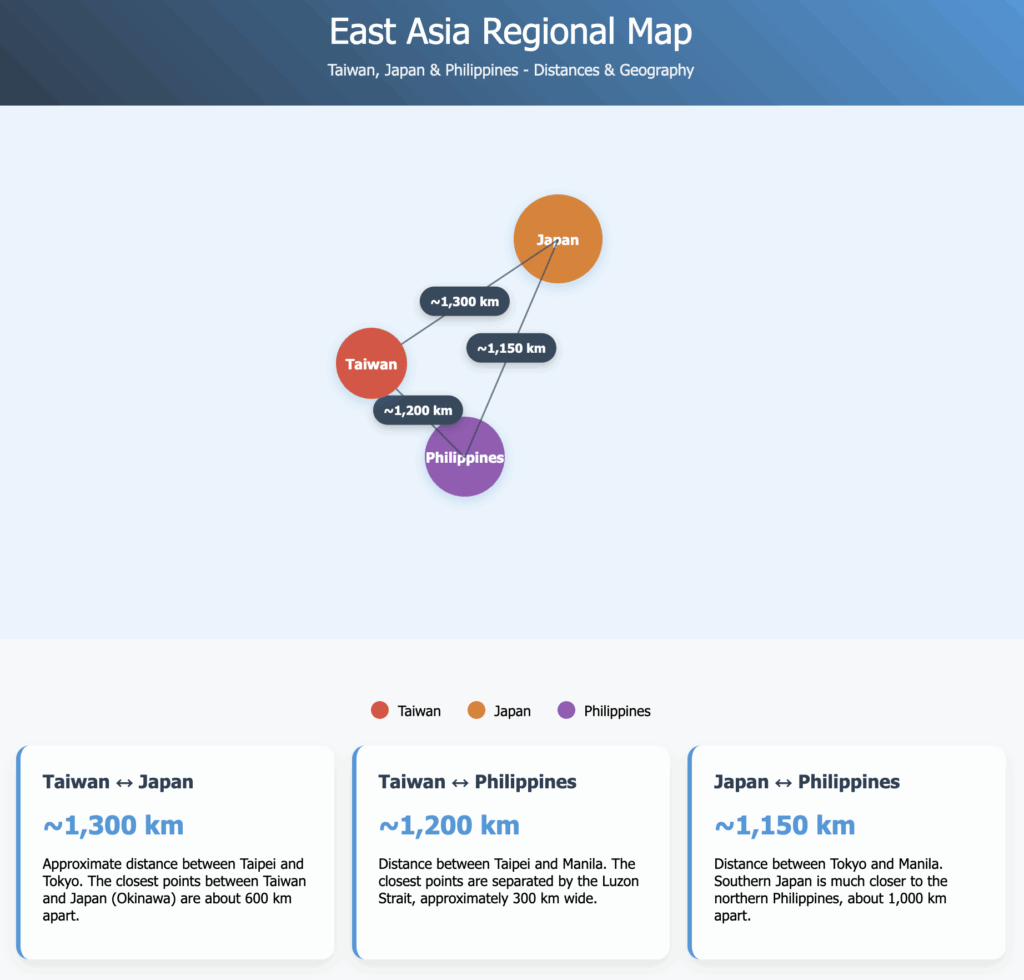Ukraine’s Operation Spider Web stands as one of the most audacious military operations of the 21st century. It estimated that 117 drones were coordinated across 4,300 kilometers, destroying $7 billion in Russian aircraft for under $120,000 in equipment costs
The operation’s success raises a provocative question: Could the world’s most technologically advanced military have pulled off the same feat?
The answer reveals a fundamental paradox at the heart of American defense capabilities.
Despite possessing vastly superior technology, resources, and global reach, the U.S. military likely could not have executed Operation Spider Web as Ukraine did.
This limitation stems not from technical inadequacy, but from the very institutional frameworks that make America’s military powerful in conventional warfare.
From a purely technical perspective, the United States possesses capabilities that dwarf what Ukraine demonstrated in Spider Web.
American military technology represents the pinnacle of defense innovation:
- Advanced Autonomous Systems: The U.S. military operates sophisticated platforms like the MQ-9 Reaper with its ability to loiter for 14 hours at 50,000 feet, and the RQ-4 Global Hawk capable of 34-hour flights across intercontinental distances. These systems far exceed the 150-kilometer range and basic payload capacity of Ukraine’s Osa drones.
- Artificial Intelligence Integration: Programs like Project Maven have developed AI systems capable of processing millions of hours of video footage to identify targets with precision that makes Ukraine’s museum-trained algorithms appear rudimentary.The Pentagon’s Joint Artificial Intelligence Center coordinates AI development across all service branches with budgets exceeding Ukraine’s entire defense expenditure.
- Global Logistics Networks: American military logistics capabilities can position assets anywhere on Earth within hours. The U.S. maintains over 800 military installations across 80 countries, providing staging areas that Ukraine could only dream of accessing through covert operations.
- Precision Strike Capabilities: U.S. forces routinely achieve the kind of targeting precision Ukraine celebrated in Spider Web. Tomahawk missiles can strike targets with sub-meter accuracy from thousands of kilometers away, while platforms like the B-2 Spirit can deliver precision munitions globally with near-impunity.
Yet despite these overwhelming technical advantages, the U.S. military system would struggle to replicate Spider Web’s innovative approach, cost-effectiveness, and operational agility.
The U.S. defense acquisition system, designed to ensure accountability and minimize risk, creates barriers that would make a Spider Web-style operation nearly impossible within existing frameworks.
Cost Multiplication Effect: What Ukraine accomplished for $120,000 would likely cost the U.S. military tens of millions of dollars. The Pentagon’s acquisition process would demand military-grade components, extensive testing protocols, contractor oversight, and compliance reviews that inflate costs exponentially. A simple commercial drone becomes a complex military system requiring years of development and validation.
Timeline Paralysis: Ukraine planned and executed Spider Web in 18 months. A comparable U.S. operation would require 5-10 years moving through standard acquisition phases: initial requirements definition, market research, request for proposals, contractor selection, development, testing, evaluation, and deployment. Each phase includes review boards, congressional oversight, and bureaucratic approvals that prioritize process over speed.
Risk Aversion Culture: The U.S. military-industrial complex gravitates toward proven, expensive solutions rather than innovative approaches that carry inherent risks. The careers of military officers and defense contractors depend on avoiding failures rather than achieving breakthrough successes, creating institutional incentives that discourage the kind of bold experimentation that characterized Ukrainian drone development.
Consider the contrast: Ukraine’s engineers trained AI targeting systems using museum aircraft displays and achieved 90-centimeter precision targeting. A U.S. military equivalent would require extensive modeling and simulation, live-fire testing ranges, safety reviews, and validation protocols that would take years and cost millions. Ultimately a system would be produced that might be marginally better but orders of magnitude more expensive.
America’s global leadership role creates legal and operational constraints that fundamentally limit the military’s operational flexibility compared to Ukraine’s desperate circumstances.
- Congressional Oversight Requirements: Covert operations require extensive legal frameworks, congressional notification, and ongoing oversight that would compromise the operational security essential to a Spider Web-style operation. Ukraine’s Security Service could plan for 18 months in complete secrecy with only five people initially aware of the operation’s existence. The U.S. equivalent would require briefings to multiple congressional committees, legal reviews, and approval processes that would expand the circle of knowledge exponentially.
- International Law Compliance: The U.S. military operates under strict rules of engagement and international law constraints that Ukraine, fighting for national survival, could set aside. American operations must consider diplomatic consequences, alliance relationships, and long-term strategic implications that complicate rapid, aggressive action.
- Attribution Concerns: The United States faces different consequences for military operations than Ukraine. While Ukraine could openly claim credit for Spider Web as legitimate self-defense, similar U.S. operations might be viewed as aggressive acts requiring careful consideration of escalation dynamics and international response.
- Command Structure Rigidity: The U.S. military’s hierarchical command structure, designed for large-scale conventional operations, lacks the flexibility that enabled Ukraine’s “islands of forces” approach. American military culture emphasizes following established procedures and chains of command, while Spider Web required rapid improvisation and decentralized decision-making.
The most significant barrier to U.S. replication of Spider Web lies in what might be called the “innovation paradox.” The same institutional strengths that make the U.S. military dominant in conventional warfare create weaknesses in asymmetric, innovative operations.
- Contractor Dependence: The U.S. military relies heavily on established defense contractors who excel at producing sophisticated, expensive systems but may lack the agility for rapid, low-cost innovation. Ukraine’s success came from direct military-industry cooperation with hundreds of small manufacturers, from major defense companies to garage workshops. The U.S. equivalent would channel through established contractors adding layers of bureaucracy and cost.
- Success Definition Differences: The U.S. military measures success through complex metrics including casualty minimization, international law compliance, strategic objectives, and long-term consequences. Ukraine could focus purely on immediate tactical effectiveness and cost efficiency. These different success criteria fundamentally shape operational planning and execution.
- Resource Abundance Problems: Paradoxically, the U.S. military’s vast resources can inhibit innovation. When budgets are measured in hundreds of billions, there’s less pressure to develop the kind of creative, low-cost solutions that necessity forced upon Ukraine. American military culture often equates expensive with effective, while Ukraine proved that innovation and resourcefulness could achieve strategic effects at minimal cost.
- Institutional Memory vs. Adaptation: The U.S. military’s institutional knowledge and established doctrines, while valuable for conventional operations, can create resistance to radical innovation. Ukraine’s military, essentially rebuilt during wartime, could embrace new approaches without fighting existing institutional biases.
Rather than attempting to replicate Spider Web directly, the U.S. military would likely pursue different approaches that leverage American conventional advantages:
- Precision Strike Integration: Instead of 117 small drones, the U.S. might use a handful of sophisticated cruise missiles or stealth bomber sorties to achieve similar destruction with greater certainty and less operational complexity.
- Cyber-Kinetic Fusion: American cyber capabilities could disable enemy air defense systems, communications, or even aircraft systems directly, potentially achieving Spider Web’s objectives without kinetic strikes.
- Special Operations Coordination: U.S. special forces could conduct sabotage operations or coordinate with local assets to achieve similar strategic effects while maintaining plausible deniability.
- Alliance Leverage: The U.S. could work through NATO allies or regional partners who might have greater operational flexibility for conducting Spider Web-style operations.
Nonetheless, Ukraine’s drone warfare revolution highlights critical vulnerabilities in American military thinking and acquisition processes that extend far beyond the Spider Web operation itself.
- Speed vs. Perfection Trade-offs: The U.S. military’s pursuit of perfect solutions may sacrifice the tactical advantages of rapid deployment and iteration. Ukraine’s willingness to deploy “good enough” solutions quickly proved more effective than pursuing optimal solutions slowly.
- Cost-Effectiveness Blindness: American defense planning often ignores cost-effectiveness ratios that proved decisive in Ukrainian operations. When $1,000 drones can destroy $250 million bombers, traditional military investment priorities require fundamental reconsideration.
- Innovation Ecosystem Gaps: Ukraine’s success came from integrating civilian technology, military application, and rapid iteration cycles. The U.S. military-industrial complex may lack equivalent innovation ecosystems that can rapidly translate commercial technology into military capability.
- Asymmetric Thinking Deficits: American military doctrine excels at conventional operations but may struggle with the kind of asymmetric thinking that enabled Spider Web’s success. The operation succeeded through creative rule-breaking rather than superior resources or technology.
The Spider Web case study suggests several reforms that could help the U.S. military capture some advantages of Ukrainian-style innovation while maintaining institutional strengths:
- Acquisition Fast-Tracks: Creating parallel acquisition pathways for low-cost, high-risk innovation projects that bypass traditional bureaucratic requirements for rapid deployment and iteration. And notably, give the systems to the war fighters and let them work directly with the software/AI company behind the drones to drive iterative evolution of deployed systems.
- Innovation Incubators: Establishing military innovation centers that can rapidly prototype and test new concepts without full acquisition process requirements, similar to Ukraine’s direct military-industry cooperation.
- Cultural Shifts: Rewarding successful innovation and calculated risk-taking rather than process compliance and risk avoidance, encouraging the kind of creative thinking that enabled Spider Web. Prioritizing acquisition processes over effective use by the warfighters is a major obstacle to change when it comes with software/AI driven autonomous systems, rather than platforms.
- Commercial Integration: Developing frameworks for rapidly integrating commercial technology into military applications, reducing dependence on traditional defense contractors for innovative solutions.
In short, Ukraine’s Operation Spider Web reveals a fundamental tension in modern military affairs: the institutional frameworks that make the U.S. military the world’s most powerful conventional force may simultaneously constrain its ability to conduct the kind of innovative, asymmetric operations that proved devastatingly effective against Russian forces.
This is not an indictment of American military capability, but rather recognition that different strategic circumstances require different institutional approaches.
The U.S. military’s strength lies in its ability to project conventional power globally with unmatched precision and effectiveness.
Ukraine’s strength emerged from necessity-driven innovation and institutional flexibility born of existential threat.
The challenge for American defense leaders is not to abandon the institutional strengths that make the U.S. military globally dominant, but to create pathways for the kind of rapid innovation and asymmetric thinking that Operation Spider Web demonstrated.
This might require accepting higher risks, tolerating failures, and embracing the kind of creative chaos that produced Ukraine’s drone warfare revolution.
Ultimately, Operation Spider Web offers the U.S. military not a template to copy, but a mirror reflecting both the strengths and limitations of American institutional approaches to warfare.
The question is whether American defense institutions can evolve to capture the advantages of Ukrainian-style innovation while maintaining the conventional superiority that underpins global security.
In an era where $120,000 operations can achieve strategic effects previously requiring billions in military investment, the nation that masters this balance may hold decisive advantages in future conflicts.
Ukraine has shown what’s possible when institutional constraints are swept away by existential necessity.
The challenge for America is achieving similar innovation without requiring similar desperation.
The featued image was generated by an AI program.


